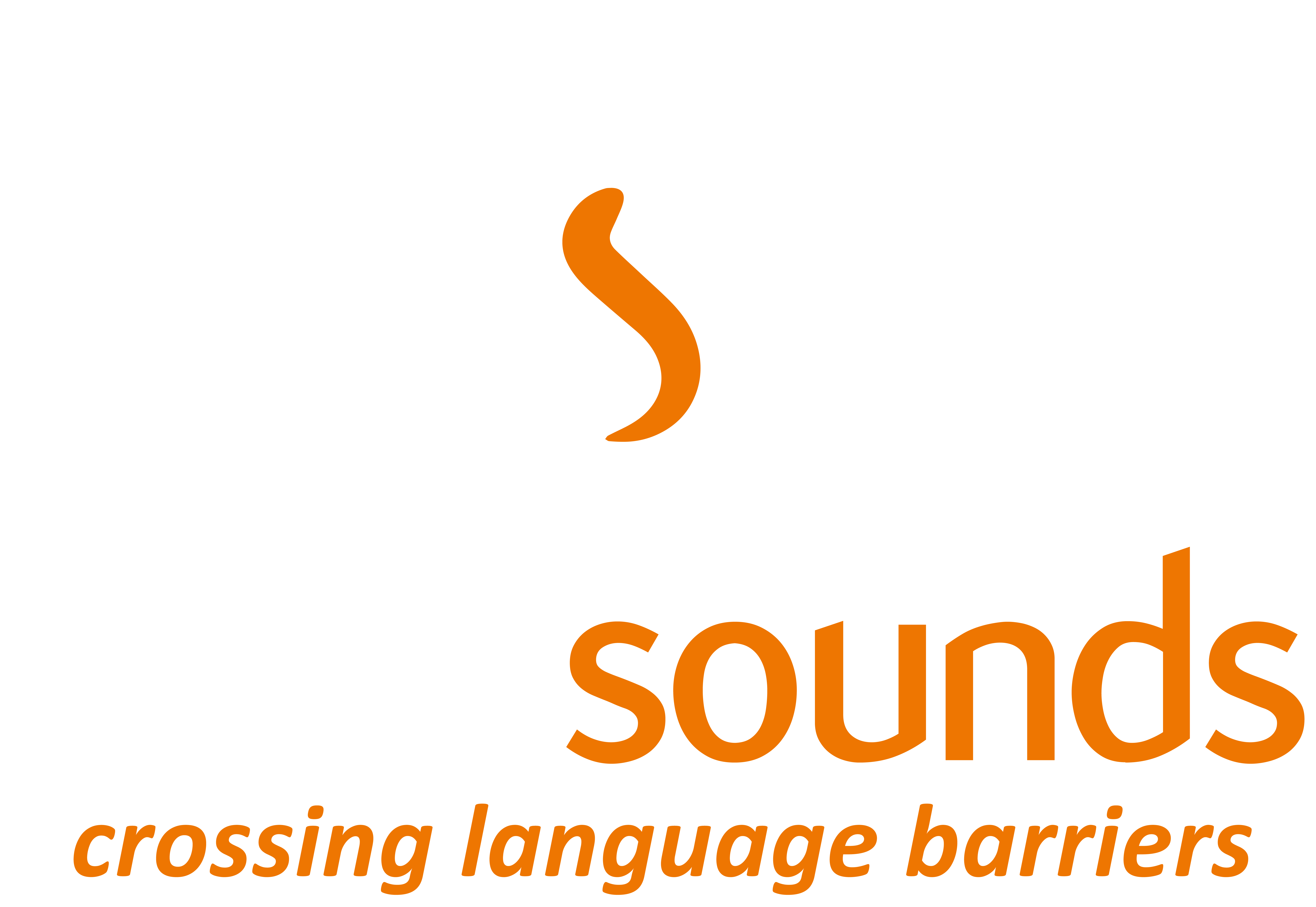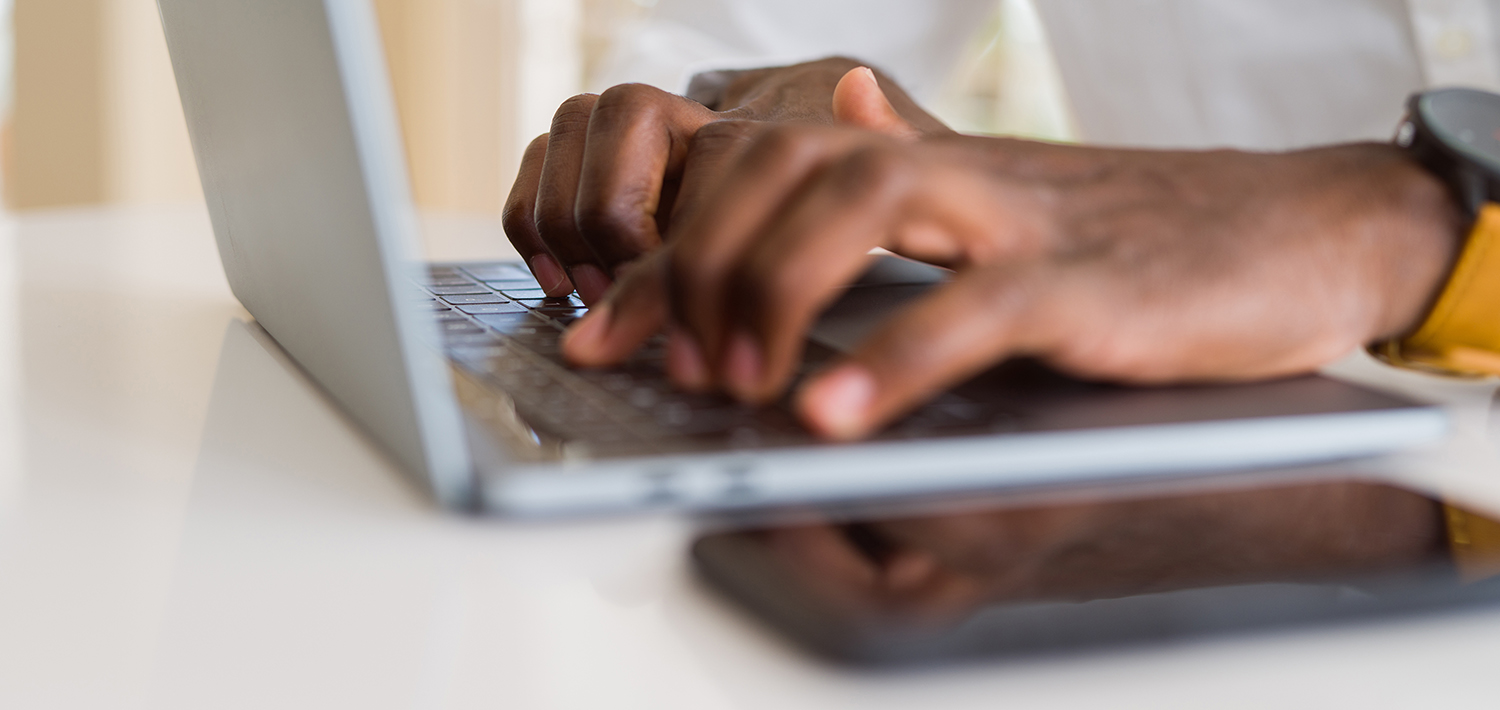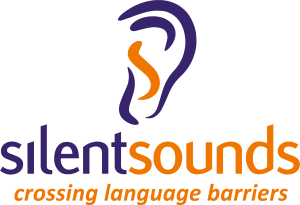Deaf Services
British Sign Language
British Sign Language or BSL is the first language of more than 50,000 Deaf and hard of hearing people in the United Kingdom. Signs, body movements and facial expressions all work together to produce a unique visual language with its own structure and grammar. As of 2003, BSL is now a recognised language in its own right and is independent of spoken English. As a Deaf Communication Specialist, we have a team of fully qualified and registered Sign Language Interpreters (RSLI’s), who have a passion for delivering a professional and accurate service to our Deaf and hard of hearing clients.
We specialise in short notice/emergency situations.
We also provide International Sign Language, Irish Sign Language and Romanian Sign Language.

Deaf Relay Interpreters
When a Deaf client has specific or complex language needs they will need a Deaf Relay Interpreter. The client requiring a Deaf Relay Interpreter may have learning disabilities, mental health problems or use rare signs or what is described as “grassroots Deaf”. A Deaf Relay Interpreter will ensure that the client fully understands the dialogue being communicated. Many “grassroots Deaf” people have a complex BSL structure mixed in with issues of understanding even basic concepts.
Deafblind Hands On & Manual
A Deafblind client is sometimes referred to as having multisensory impairment. It is important to remember that not all clients that are Deaf and blind will communicate in the same way. Some will communicate via a service called Deafblind Manual, this is where the language professional will spell words onto the client’s hands using the Deafblind Alphabet. Other clients may prefer to hold onto a British Sign Language interpreter’s hands while they are signing and this method is called Hands-on Interpreting. The client will do this by visually following the signs that the interpreter is signing. Some clients may still have some vision or what is known a ‘tunnel vision’ and will have a specific area in their vision where they are able to see, for example, straight in front of them. This is called their visual frame and they will simply require the British Sign Language interpreter to sign within this frame so that they are able to see.
Electronic & Manual Notetakers
A notetaker will compile a summary of a meeting, lecture or event. Manual notetakers take handwritten notes which offer a useful account for a Deaf person to read from after the event. Electronic notetakers work via a computer and type a précis of all that is said during the event/session, which the client can read via a linked computer. This is not a word for word account, which Speech to Text Reporting provides.
Speech To Text Reporter - STTR
A Speech to Text reporter will input what is being said into a computer that uses a specially adapted shorthand keyboard. This is then converted into full, structured English sentences. These sentences then appear on a larger screen so that they can easily be read by the service user. A Speech to Text reporter can produce a word for word account of what is being said at a speed of 200 words per minute. They will also add in little extras such as ‘applause’ or ‘laughter’ to help the Deaf/hard of hearing person get a feel for what the atmosphere is like.
Lip Speaking & Lip Reading
Lip Speaking & Lip Reading Lip Speakers are language professionals who will reproduce words, that have been said, using very clear lip patterns.
Lip Speakers are used when Deaf/hard of hearing clients are unable to see or get close enough to the speaker.
Lip Readers are trained professionals who are able to give a voice to a person who is only able to produce mouth movements. This may be someone who has lost their voice or someone who has a medical condition and is unable to produce spoken words.

Contact Us
Info@silent-sounds.co.uk (General Enquiries)
Languages@silent-sounds.co.uk (Spoken Services)
Bookings@silent-sounds.co.uk (Deaf Services)
Translations@silent-sounds.co.uk (Translations)
Recruitment@silent-sounds.co.uk (Recruitment)



